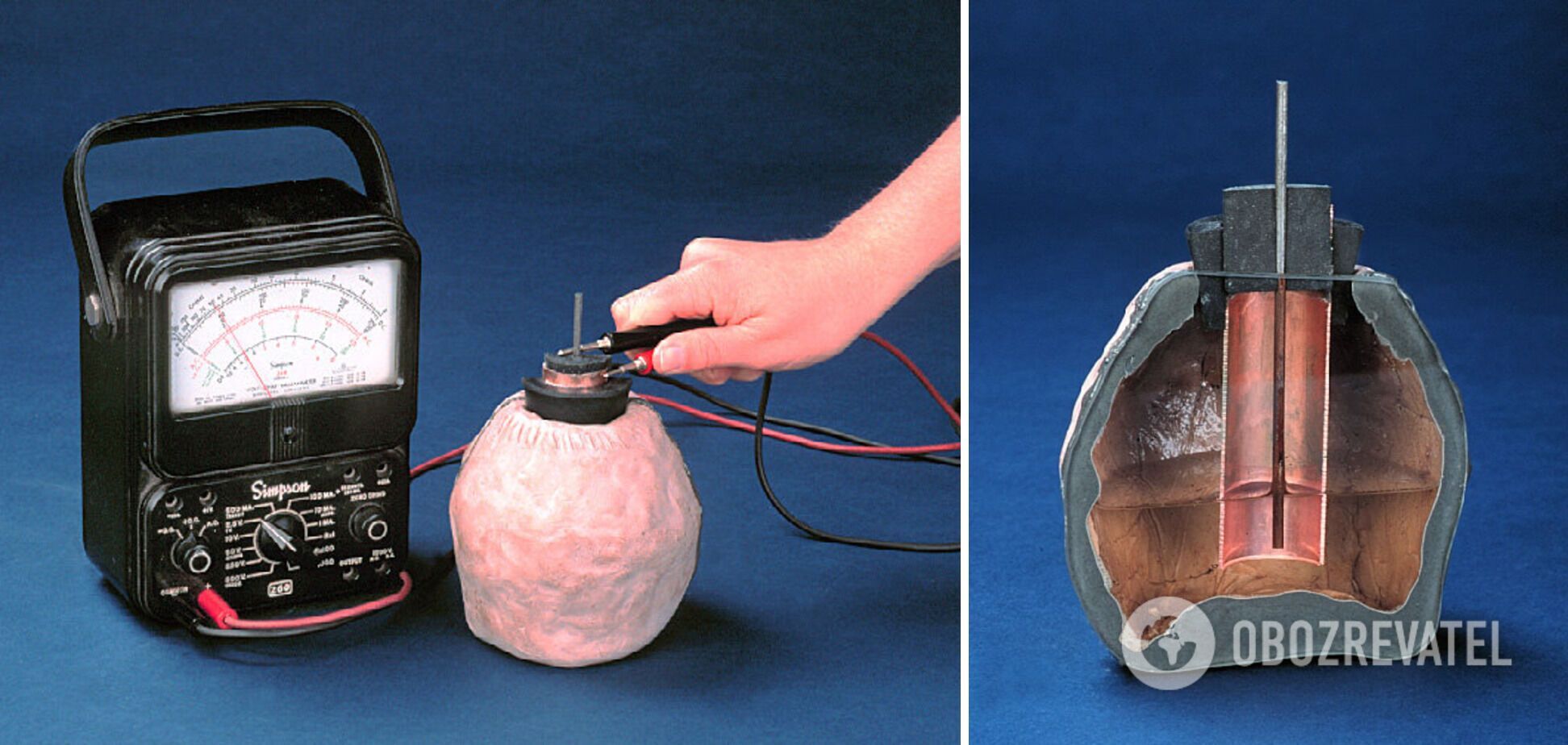News
A 2000-year-old miracle: the secret of the first battery in human history
Electricity, one of the most revolutionary discoveries in history, is considered to be the achievement of modern humanity, but there is evidence that it could have been known thousands of years ago. We are talking about the Baghdad Battery (also known as the Parthian Battery), which was discovered in 1936.
Details about the discovery, as well as how it could have been used thousands of years ago, were reported by Arkeonews. The existence of such a battery casts doubt on conventional theories, suggesting that the idea could have existed long before the invention of the famous scientist Alessandro Volta.
It is believed that the Baghdad battery appeared during the Parthian period, from about 250 B.C. to 250 A.D. It is still not known for certain who invented it.
The discovery was made during excavations in 1936 near Baghdad, which was once part of the Iranian Parthian Empire.
The battery is estimated to be about 2,000 years old. But, of course, it bears little resemblance to modern batteries. The Baghdad battery consists of a clay jug that was filled with a vinegar solution. Inside the jug was a copper cylinder into which an iron rod was inserted. This configuration, as shown by modern tests, allows generating approximately 1.1 to 2 volts of electricity.
The first description of the find was made in 1938 by the German archaeologist Wilhelm Konig. It was he who first noticed that the jug resembled modern batteries.
Later, Konig's guess was confirmed by the American scientist Willard F. M. Gray, who recreated the device. His tests confirmed that the jug had electrochemical capabilities when filled with an electrolyte such as grape juice. Gray's further research, however, was interrupted by World War II.
Even though almost 90 years have passed since its discovery, scientists are still arguing about this ancient battery.
While some believe that such jugs were indeed used as batteries, other researchers are skeptical. In particular, there is still no answer to the question of who made this battery and what it could have been used for.
Historical documents that could reveal the origin of the Baghdad battery, if they existed at all, were most likely destroyed by the Arabs during the invasion of Iranian territories in the 7th century AD. It is known that Iranian literary sources and libraries were destroyed at that time.
Although no written evidence of the jar's exact purpose has survived, the best guess is that it was a type of battery. Scientists believe that batteries were used for electroplating objects. For example, they could be used to apply a layer of one metal (gold) to the surface of another (silver). This method is still practiced in Iran.
As for the recording of electric current, we can say that the pioneers here were the ancient Egyptians, who, in about 2750 BC, first recorded electricity in the form of an electric fish. We are talking about electric catfish, which were then called "the lightning of the Nile".
Later, the electric current was discovered by Thales of Miletus, who in 500 BC discovered that the friction of light materials, such as fur or feathers, against amber could produce static electricity. Before the discovery of static electricity by William Gilbert in 1600, this static effect was unknown for almost 2000 years.
Subscribe to OBOZ.UA channels in Telegram and Viber to keep up with the latest events.




























